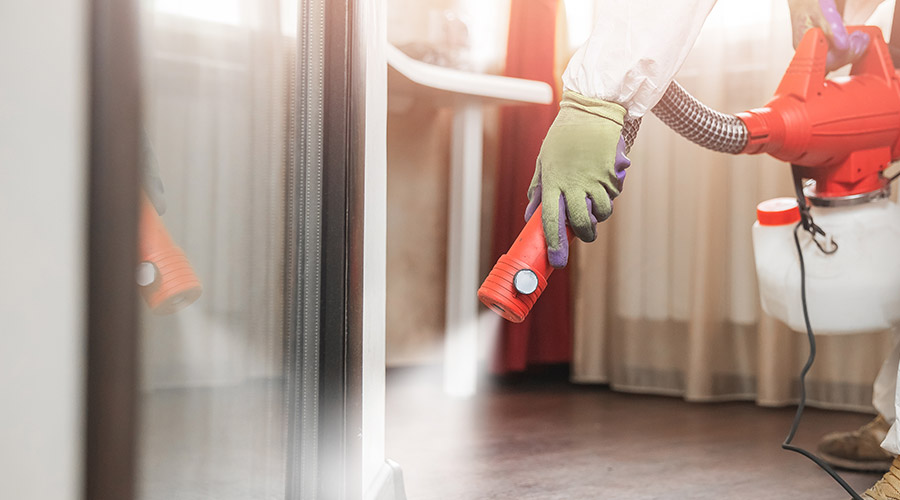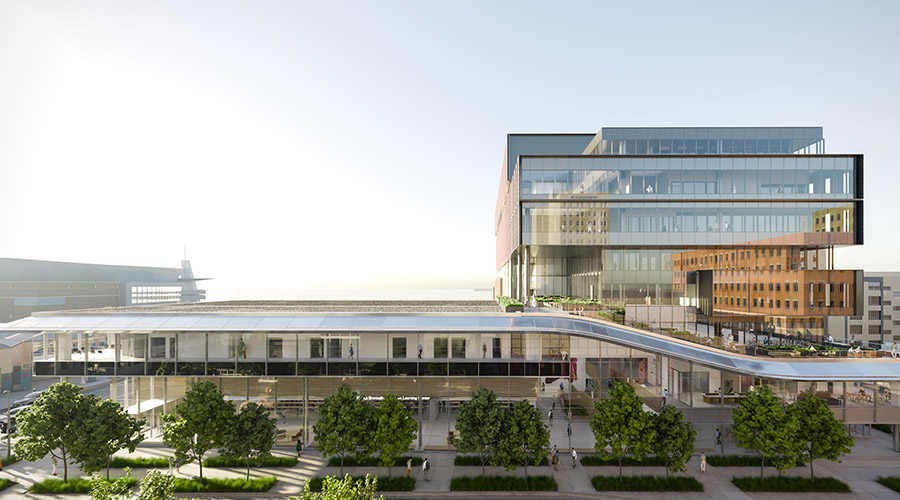Smart devices are everywhere. From thermostats to appliances to phones to diapers (yes, really), every single device seems to be touting its intelligence — all in an effort to make our lives easier.
It makes perfect sense, though. In this increasingly demanding healthcare environment, the systems around us should work harder to create more value for us. Not unlike our (my) mother’s constant admonitions to stop causing such a commotion and to do something constructive, expectations are that our devices will not simply take up valuable space in our facilities, but that they will play a more active role in supporting the business and operational objectives of the campus.
Lighting is no different. Lighting continues to be one of the largest contributors to total healthcare facility electrical load. The US Department of Energy’s (US DOE) 2003 Commercial Building Energy Consumption Survey showed that lighting represented 40-42% of the electricity consumption of outpatient and inpatient healthcare buildings, respectively. A 2010 study conducted by the US DOE showed that only 8% of light sources in a typical inpatient facility were controlled either via dimmers, sensors, timers, or energy management systems. Controls were more prevalent in the ambulatory environment, as expected; however, a staggering 78% of light fixtures in outpatient settings were uncontrolled.
Why do these statistics matter? It comes down to return on investment. The significant benefits that newer, solid-state lighting technologies can deliver are unlocked through the integration of intelligent controls into an advanced – “smart” – LED lighting system.
For minimal incremental up-front cost, healthcare owners can create increasingly adaptive spaces to improve facility experience, operations and outcomes. Inpatient facilities are finding that simple actions such as dimming corridor lights down to 50% on non-intensive care patient floors at night can help improve sleep efficiency of patients due to reduced light spill into patient rooms, while also reducing staff noise levels and energy consumption. As anyone who has reviewed facility HCAHPS (the Center for Medicare and Medicaid Systems’ Hospital Consumer Assessment of Healthcare Providers and Systems patient perception survey) scores can attest, lowering noise levels can have an extremely favorable impact on patients’ perceptions of quality and the overall environment of care.
Controls strategies are not just limited to inside your facility. In the past, legacy light sources like high-intensity discharge (HID), often used in parking areas and building facades were problematic, expensive or impossible to dim. Today’s smart LED luminaires, which can already offer as much as 50-80% energy savings over HID fixtures, can be wirelessly networked so that they adjust the intensity and distribution of light based on time of day, events, occupancy and wayfinding objectives. Taking advantage of the networked “smarts” allows adding to an already-compelling energy story, while further extending the useful life of the investment. And, most importantly, maintaining a strong sense of nighttime safety and security.
Some of the most tempting controls strategies enable you to achieve energy and fixture longevity benefits while seemingly doing nothing at all. Take stairwells, for example. Well-intentioned fitness resolutions and elevator wait times notwithstanding, stairwells are quite frequently unoccupied, particularly on higher levels of the building. A recent data logger analysis at a large university found that stairwells were unoccupied 97% of the time.
Converting existing fluorescent stairwell luminaires to LED luminaires, coupled with the use of smart controls that dim lights down to a lower level until occupancy is detected, can save as much as 90% of the energy used in these areas. Concerned about maintaining light levels to meet emergency and egress requirements? Minimum light levels can often be preset to ensure that luminaires never fully turn off when the stairwells are empty. Sequential switching options can also ensure that floors above and below are automatically illuminated when an occupant enters the space.
So, are all LED luminaires and control systems geniuses? Not exactly. Let’s put them to the test. Have you encountered fixtures that flicker? Have you experienced overly complicated lighting controls? Give those a failing grade. Systems that are easy to commission and operate, that support the visual experience, and that allow to you to realize the operational goals of your campus are becoming the new normal.
To sum it all up, smart is as smart does. The truly enlightened systems of the future will deliver more value to you when you put them to work, allowing you to devote more of your energy (and your building’s) to the activities that truly matter.
Karyn Gayle is the vice president of Healthcare Vertical at Acuity Brands.

 Over 1 Million Individuals Affected in Community Health Center Data Breach
Over 1 Million Individuals Affected in Community Health Center Data Breach Prospect Medical Holdings to Sell Crozer Health to Non-Profit Consortium
Prospect Medical Holdings to Sell Crozer Health to Non-Profit Consortium The Top States for Pest Infestations
The Top States for Pest Infestations Ground Broken on Wichita Biomedical Campus Project
Ground Broken on Wichita Biomedical Campus Project Aligning Construction and Facility Activities to Minimize Problems
Aligning Construction and Facility Activities to Minimize Problems